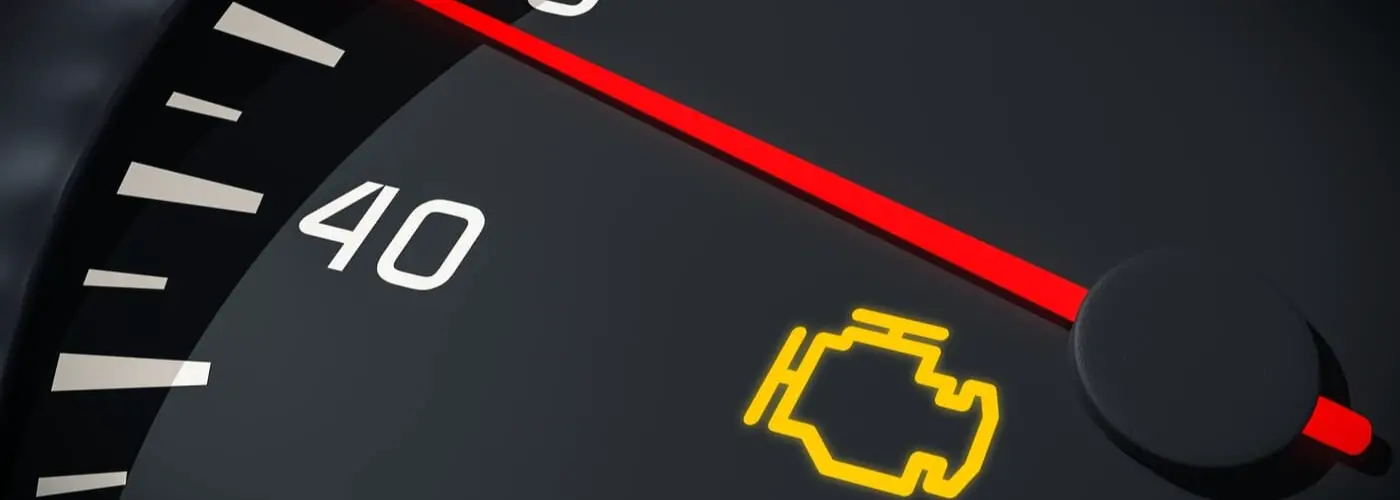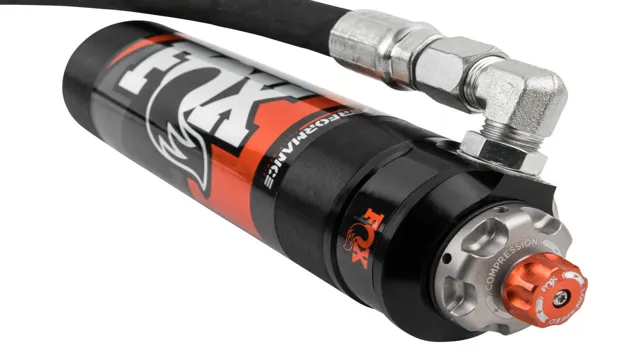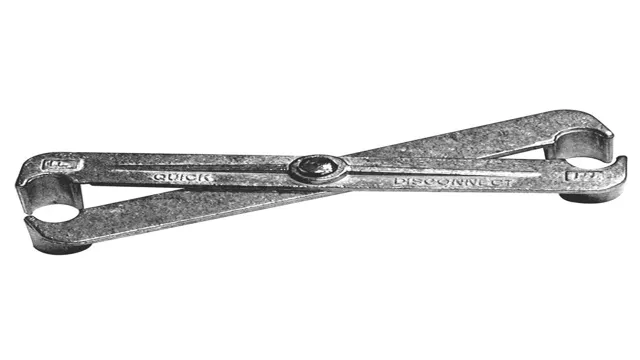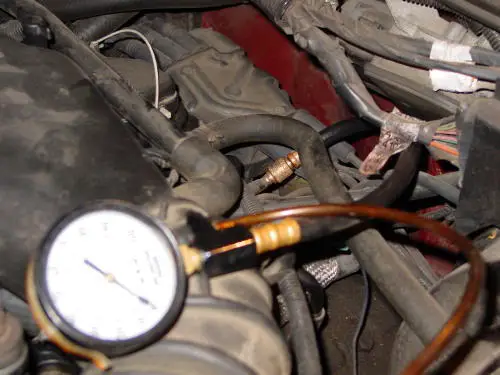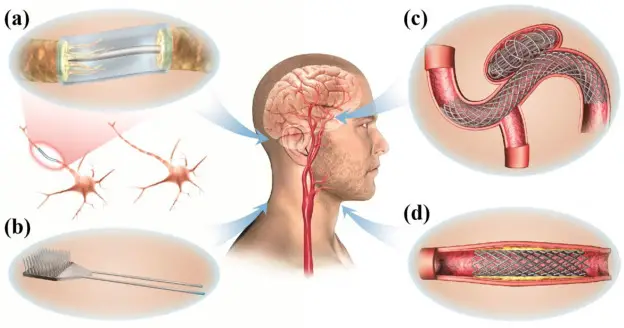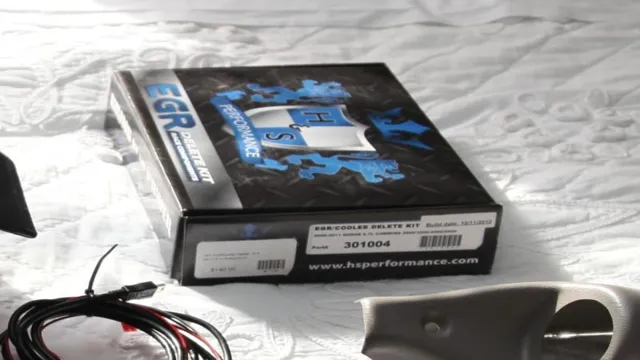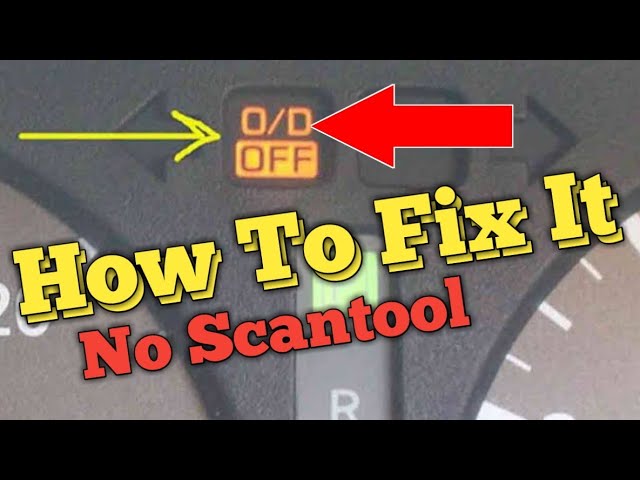Toyota Check Engine Light : Expert Tips and Solutions
The Toyota check engine light can indicate various issues, from a loose gas cap to more serious problems like a faulty catalytic converter or oxygen sensor. It is important to get a proper code reading and diagnosis to determine the exact cause.
Driving with the check engine light on should be avoided, and it is recommended to have the car looked at by a mechanic as soon as possible to prevent further damage.
Understanding Toyota Check Engine Light
The check engine light in a Toyota is an important indicator that alerts you to potential issues in your vehicle. It serves as a warning system, highlighting problems that range from minor to more severe. It is important to understand the common reasons behind the check engine light, the severity of the issue, and whether it is safe to drive with the check engine light on.
Common Reasons For Check Engine Light
- Oxygen sensor failure: One of the most common reasons for the check engine light to illuminate is a failing oxygen sensor. This sensor measures unburned oxygen in the exhaust system, and if it malfunctions, it can lead to decreased fuel efficiency and increased emissions.
- Loose gas cap: Believe it or not, a loose or faulty gas cap can trigger the check engine light. Ensuring that your gas cap is securely tightened can easily resolve this issue.
- Catalytic converter failure: A failing catalytic converter can cause the check engine light to come on. This component is responsible for reducing harmful emissions, and if it fails, it may lead to a decrease in performance and engine efficiency.
Severity Of Check Engine Light
The severity of the check engine light can vary depending on its appearance. A solid yellow or orange light generally indicates a lower severity issue, which means you can continue driving, but it is advisable to get the problem diagnosed and fixed as soon as possible to prevent further damage. On the other hand, a flashing check engine light is more serious and requires immediate attention. In this case, it is recommended to stop driving and have your vehicle towed to a nearby repair shop.
Driving With The Check Engine Light On
While it is possible to drive with the check engine light on, it is not recommended for an extended period of time. Continuing to drive with the light on can potentially cause further damage to your vehicle. It is best to exercise caution and use your best judgment. If the issue seems minor and you believe it is safe to drive, you can take your car to a nearby repair shop for diagnosis and repair. However, if the problem appears more serious or you are unsure, it is advisable to call a tow truck and have your vehicle inspected by a professional mechanic.
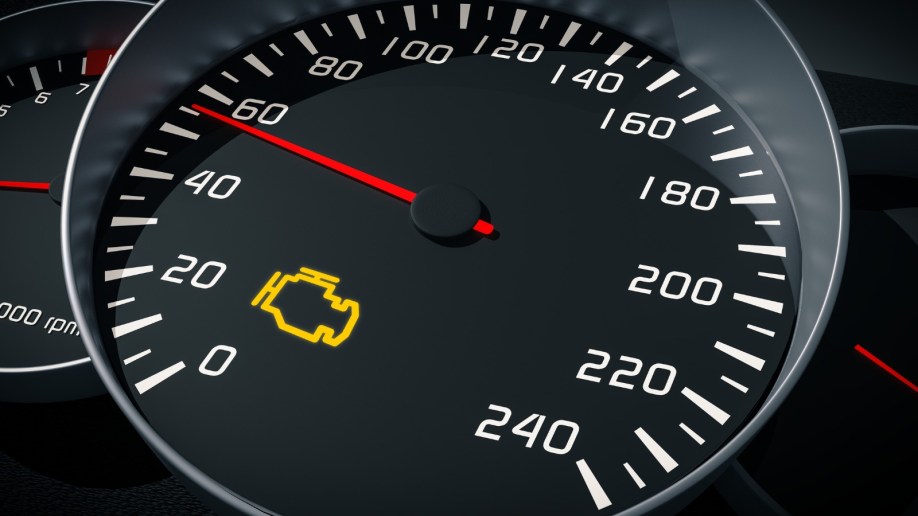
Credit: www.kbb.com
Diagnosing And Fixing
The check engine light in your Toyota is an important indicator that warns you about potential issues with your vehicle. It can range from a minor problem, such as a loose gas cap, to a more serious issue, like a faulty catalytic converter or oxygen sensor. To accurately diagnose and fix the problem, it is crucial to follow the proper steps.
Getting A Code Reading
The first step in diagnosing the check engine light is to get a code reading. This can be done using an OBD-II scanner, which can be purchased online or borrowed from an auto parts store. The scanner plugs into the OBD-II port of your Toyota, typically located under the dashboard, and retrieves the diagnostic trouble codes (DTCs) stored in the vehicle’s computer system.
Once you have the DTCs, you can look them up in a database or refer to the vehicle’s service manual to identify the specific problem. Each DTC corresponds to a specific issue in the vehicle, such as an oxygen sensor malfunction or a misfire in a particular cylinder. It is essential to accurately interpret the codes to determine the correct course of action.
Expert Diagnoses And Solutions
If you are unsure about interpreting the DTCs or don’t have access to a code database, it is recommended to seek expert diagnoses and solutions from a qualified mechanic or automotive service center. These professionals have the experience and knowledge to accurately diagnose the problem and recommend the best solutions.
When visiting a mechanic, be prepared to provide them with the DTCs obtained from the code reading. This will help them narrow down the problem and save time in the diagnostic process. The mechanic may perform further tests or inspections to pinpoint the exact cause of the check engine light.
Once the issue is identified, the mechanic will provide you with a solution to fix the problem. This may involve replacing faulty components, repairing wiring or connections, or performing adjustments as needed. It’s important to follow the recommended fix to ensure the check engine light is resolved and the vehicle operates optimally.
Remember, the check engine light should not be ignored, as it can indicate underlying issues that may worsen over time. Timely diagnosis and proper fixes are key to maintaining the performance and reliability of your Toyota.
Resetting The Check Engine Light
Using An Obdii Scanner
An OBDII scanner is a handy tool that allows you to read and clear diagnostic trouble codes from your vehicle’s onboard computer. Follow these steps:
- Locate the OBDII port usually under the dashboard.
- Plug in the OBDII scanner and turn on your vehicle.
- Select the “clear codes” option on the scanner.
- Wait for the scanner to reset the check engine light.
Resetting After Diagnosis
Resetting the check engine light after a diagnosis involves fixing the underlying issue first. Here’s what you need to do:
- Determine the cause of the check engine light.
- Address the specific problem indicated by the code.
- Fix the issue and ensure it’s resolved.
- Use the OBDII scanner to clear the stored codes.
- Restart your vehicle to check if the light stays off.

Credit: www.amazon.com
Expert Advice And Tips
Are you worried about the check engine light in your Toyota? Don’t fret; in this section, we’re offering expert advice and tips to help you address this common concern.
When To Seek Professional Help
If your Toyota’s check engine light is on, it’s crucial to understand when you should seek professional help. Some simple issues, such as a loose gas cap, can trigger the light, but deeper problems may require expert diagnostics. When the light is steady, it’s a signal to schedule a visit to a trusted mechanic. However, if the light is flashing, it’s urgent to arrange for immediate professional attention.
Preventive Maintenance For Your Toyota
Keeping up with preventive maintenance for your Toyota is vital to avoid check engine light troubles. Regular oil changes, air filter replacements, and periodic inspections by a qualified technician can help prevent potential issues that could trigger the dreaded light. Additionally, addressing any dashboard warning lights promptly and adhering to the maintenance schedule outlined in your owner’s manual can aid in reducing the likelihood of check engine light occurrences.
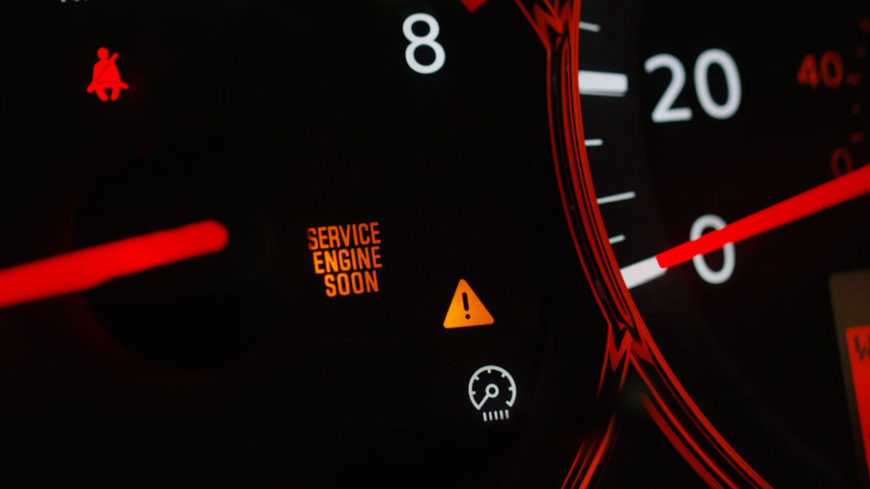
Credit: www.autozone.com
Frequently Asked Questions For Toyota Check Engine Light
Why Is My Toyota Check Engine Light On?
The check engine light can indicate issues from a loose gas cap to more serious problems like a bad catalytic converter. Get a diagnostic reading to identify the cause. It’s recommended to stop driving and have a mechanic inspect your Toyota promptly.
Can I Drive My Toyota With Check Engine Light?
If your Toyota’s check engine light is on, it’s best to have a mechanic inspect it promptly.
What Is The Most Common Reason For Check Engine Light?
The most common reason for a check engine light is a failing oxygen sensor. Your local auto repair shop can quickly replace it for you to restore your vehicle’s ability to measure unburned oxygen in the exhaust system.
Is A Solid Check Engine Light Serious?
A solid check engine light should not be taken lightly. While it may indicate a lower severity issue depending on your car’s make and model, it is still a sign that you should have it diagnosed and fixed by making an appointment with a mechanic.
If the check engine light is flashing, it is recommended to take your car in for repairs as soon as possible.
Conclusion
If your Toyota check engine light is on, seek professional help promptly to diagnose and fix any issues. Ignoring warning signs can lead to more severe problems down the road. Stay informed and take action to keep your vehicle running smoothly.
Trust the experts for accurate solutions.

